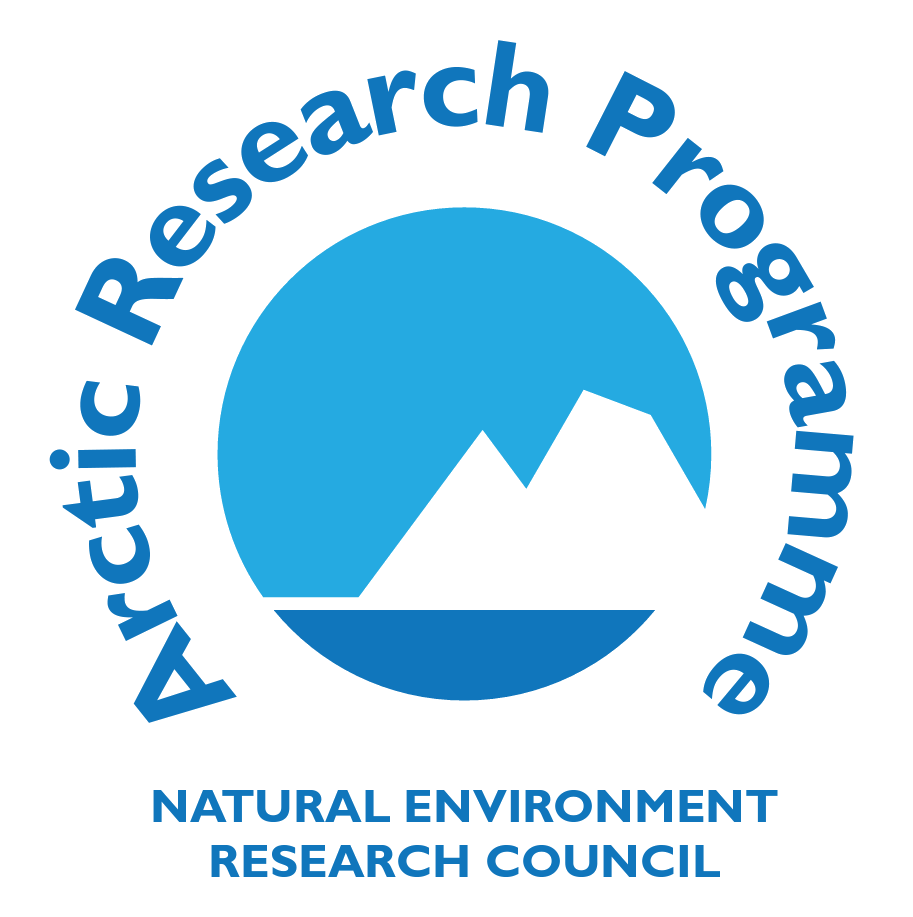
This data series contains datasets collected as part of the Lakes and Arctic Carbon Cycle project and includes palaeolimnological data and nutrient chemistry data from lakes in Alaska, Greenland and Norway. The overall aim of the project was to understand the interactions between Arctic landscape ontogeny, aquatic biodiversity and biogeochemical cycling at the landscape scale over the Holocene. Regionally-replicated palaeo-records from three pan-Arctic locations (Alaska, Greenland, Norway) were selected to evaluate the effects of changing terrestrial plant functional type in lake catchments on aquatic biodiversity and carbon cycling, sequestration and export to lakes. Hon-kajak gravity cores were taken for the upper part of each sequence and Livingstone or Russian corers were used to obtain full Holocene sequences from lake sediments. Cores were analysed for x-ray fluorescence (XRF), loss-on-ignition (LOI), biogenic silica, stable carbon and nitrogen isotopes, pigments, pollen, diatoms, plant macrofossils, chironomids, and cladocerans. Sequences were dated using accelerator mass spectrometry (AMS) 14C at the Natural Environment Research Council (NERC) radiocarbon facility. The data were collected as part of the Lakes and Arctic Carbon project (NE/K000349/1), funded under NERC's Arctic Research Programme.
 This data series contains datasets collected as part of the Lakes and Arctic Carbon Cycle project and includes palaeolimnological data and nutrient chemistry data from lakes in Alaska, Greenland and Norway. The overall aim of the project was to understand the interactions between Arctic landscape ontogeny, aquatic biodiversity and biogeochemical cycling at the landscape scale over the Holocene. Regionally-replicated palaeo-records from three pan-Arctic locations (Alaska, Greenland, Norway) were selected to evaluate the effects of changing terrestrial plant functional type in lake catchments on aquatic biodiversity and carbon cycling, sequestration and export to lakes. Hon-kajak gravity cores were taken for the upper part of each sequence and Livingstone or Russian corers were used to obtain full Holocene sequences from lake sediments. Cores were analysed for x-ray fluorescence (XRF), loss-on-ignition (LOI), biogenic silica, stable carbon and nitrogen isotopes, pigments, pollen, diatoms, plant macrofossils, chironomids, and cladocerans. Sequences were dated using accelerator mass spectrometry (AMS) 14C at the Natural Environment Research Council (NERC) radiocarbon facility. The data were collected as part of the Lakes and Arctic Carbon project (NE/K000349/1), funded under NERC's Arctic Research Programme.
This data series contains datasets collected as part of the Lakes and Arctic Carbon Cycle project and includes palaeolimnological data and nutrient chemistry data from lakes in Alaska, Greenland and Norway. The overall aim of the project was to understand the interactions between Arctic landscape ontogeny, aquatic biodiversity and biogeochemical cycling at the landscape scale over the Holocene. Regionally-replicated palaeo-records from three pan-Arctic locations (Alaska, Greenland, Norway) were selected to evaluate the effects of changing terrestrial plant functional type in lake catchments on aquatic biodiversity and carbon cycling, sequestration and export to lakes. Hon-kajak gravity cores were taken for the upper part of each sequence and Livingstone or Russian corers were used to obtain full Holocene sequences from lake sediments. Cores were analysed for x-ray fluorescence (XRF), loss-on-ignition (LOI), biogenic silica, stable carbon and nitrogen isotopes, pigments, pollen, diatoms, plant macrofossils, chironomids, and cladocerans. Sequences were dated using accelerator mass spectrometry (AMS) 14C at the Natural Environment Research Council (NERC) radiocarbon facility. The data were collected as part of the Lakes and Arctic Carbon project (NE/K000349/1), funded under NERC's Arctic Research Programme.

